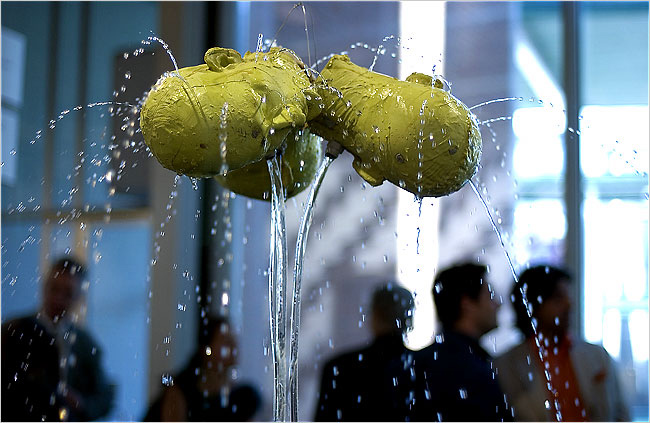The Basel Art Fair is the summer’s most keenly scrutinised barometer of key trends in the international modern and contemporary art market. Who is up? Who is down? Who is in? Who is out? Just about every major player in the art world – the dealers with the very bluest blue-chip stock, the collectors with the biggest bank balances, the directors of the world’s biggest modern art museums – congregate in this pretty Swiss town, every year, for four days, to puzzle out the answers to those questions.
The fair has become so well established – this year marks “Art Basel 37” – that few present seem to know or care just why Switzerland, a country once famously castigated by Orson Welles for contributing no more to the sum of global cultural history than the cuckoo clock, should have been thus designated the epicentre of the modern art trade. The influence of the great dealer and connoisseur Ernst Beyeler, founder both of the Beyeler Gallery and Basel’s beautiful Beyeler Foundation, is frequently cited. Those of a more cynical cast of mind suspect that Switzerland’s famously opaque banking industry may also have something to do with it. After all, what more respectable way could there be of laundering ill-gotten gains than by recycling them into masterpieces of modern art? Dirty money suddenly looks very clean when it has been turned into a pristine Mondrian.
But according to another, more innocent explanation, staging the event in Switzerland is simply a very efficient way of filtering out all but the most serious money. Basel is a town where it is considered perfectly reasonable to charge £10 for a sandwich, and where as a consequence even the reasonably well heeled feel obliged to budget themselves to one square meal a day. Dealers spend fortunes...

Art Basel 37
25-06-2006

